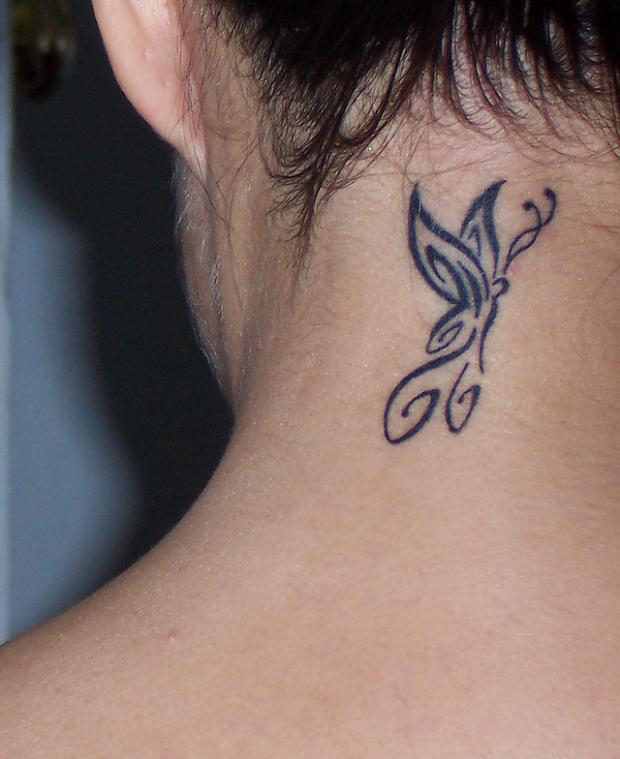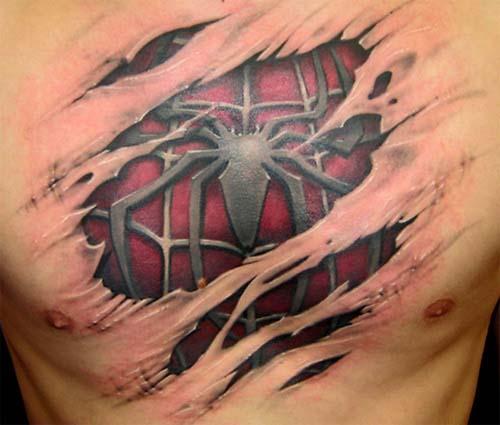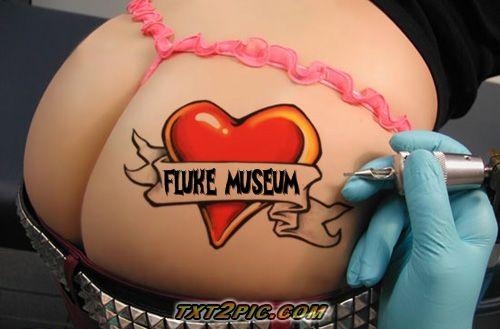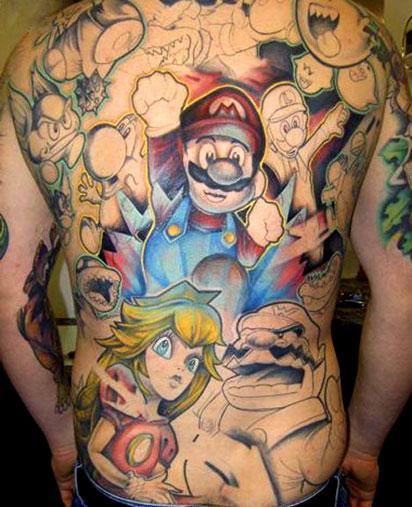A tattoo is a marking made by inserting ink into the layers of skin to change the pigment for decorative or other reasons. Tattoos on humans are a type of decorative body modification, while tattoos on animals are most commonly used for identification or branding. Tattooing has been practiced worldwide. The Ainu, the indigenous people of Japan, traditionally wore facial tattoos. Today one can find Berbers of Tamazgha (North Africa), Maori of New Zealand, and Atayal of Taiwan with facial tattoos. Tattooing was widespread among Polynesian peoples and among certain tribal groups in the Taiwan, Philippines, Borneo, Mentawai Islands, Africa, North America, South America, Mesoamerica, Europe, Japan, Cambodia, New Zealand and Micronesia. Despite some taboos surrounding tattooing, the art continues to be popular in many parts of the world.
HistoryTattooing has been a Eurasian practice at least since around Neolithic times. Ötzi the Iceman, dating from the fourth to fifth millennium BC, was found in the Ötz valley in the Alps and had approximately 57 carbon tattoos consisting of simple dots and lines on his lower spine, behind his left knee, and on his right ankle. [19] Other mummies bearing tattoos and dating from the end of the second millennium BC have been discovered, such as the Mummy of Amunet from Ancient Egypt and the mummies at Pazyryk on the Ukok Plateau.[4] Pre-Christian Germanic, Celtic and other central and northern European tribes were often heavily tattooed, according to surviving accounts. The Picts were famously tattooed (or scarified) with elaborate dark blue woad (or possibly copper for the blue tone) designs. Julius Caesar described these tattoos in Book V of his Gallic Wars (54 BC). Tattooing in Japan is thought to go back to the Paleolithic era, some ten thousand years ago.[citation needed] Various other cultures have had their own tattoo traditions, ranging from rubbing cuts and other wounds with ashes, to hand-pricking the skin to insert dyes. Tattooing in the Western world today has its origins in Polynesia, and in the discovery of tatau by eighteenth century explorers. The Polynesian practice became popular among European sailors, before spreading to Western societies generally.[5
Health risks
Because it requires breaking the skin barrier, tattooing may carry health risks, including infection and allergic reactions. Modern tattooists reduce such risks by following universal precautions, working with single-use items, and sterilizing their equipment after each use. Many jurisdictions require that tattooists have bloodborne pathogen training, such as is provided through the Red Cross and OSHA. Infection from tattooing in clean and modern tattoo studios employing single-use needles is rare. In amateur tattoos, such as those applied in prisons, however, there is an elevated risk of infection. Infections that can theoretically be transmitted by the use of unsterilized tattoo equipment or contaminated ink include surface infections of the skin, herpes simplex virus, tetanus, staph, fungal infections, some forms of hepatitis, tuberculosis, and HIV.[25] No person in the United States is reported to have contracted HIV via a commercially-applied tattooing process.[26] Tattoo inks have been described as "remarkably nonreactive histologically".[18] However, cases of allergic reactions to tattoo inks, particularly certain colors, have been medically documented. Occasionally, when a blood vessel is punctured during the tattooing procedure a bruise/hematoma may appear.[27][28]
Tattoo removal
While tattoos are considered permanent, it is sometimes possible to remove them with laser treatments, fully or partially. Typically, black and darker colored inks can be removed more completely. An ink trademarked as InfinitInk is designed to be removed in a single laser treatment. The expense and pain of removing tattoos will typically be greater than the expense and pain of applying them. Some jurisdictions will pay for the voluntary removal of gang tattoos. Pre-laser tattoo removal methods include dermabrasion, salabrasion (scrubbing the skin with salt), cryosurgery, and excision which is sometimes still used along with skin grafts for larger tattoos.
Temporary tattoos
Temporary tattoos are popular with models and children as they involve no permanent alteration of the skin but produce a similar appearance that can last anywhere from a few days to several weeks. The most common style is a type of body sticker similar to a decal, which is typically transferred to the skin using water. Although the design is waterproof, it can be removed easily with oil-based creams. Originally inserted as a prize in bubble gum packages, they consisted of a poor quality ink transfer that would easily come off with water or rubbing. Today's vegetable dye temporaries can look extremely realistic and adhere up to 3 weeks due to a layer of glue similar to that found on an adhesive bandage. Henna tattoos (Mehndi) and silver nitrate stains that appear when exposed to ultraviolet light can take up to two weeks to fade from the skin. Temporary airbrush tattoos (TATs) are applied by covering the skin with a stencil and spraying the skin with ink. In the past, this form of tattoo only lasted about a week. With the newest inks, tattoos can reasonably last for up to two weeks.





